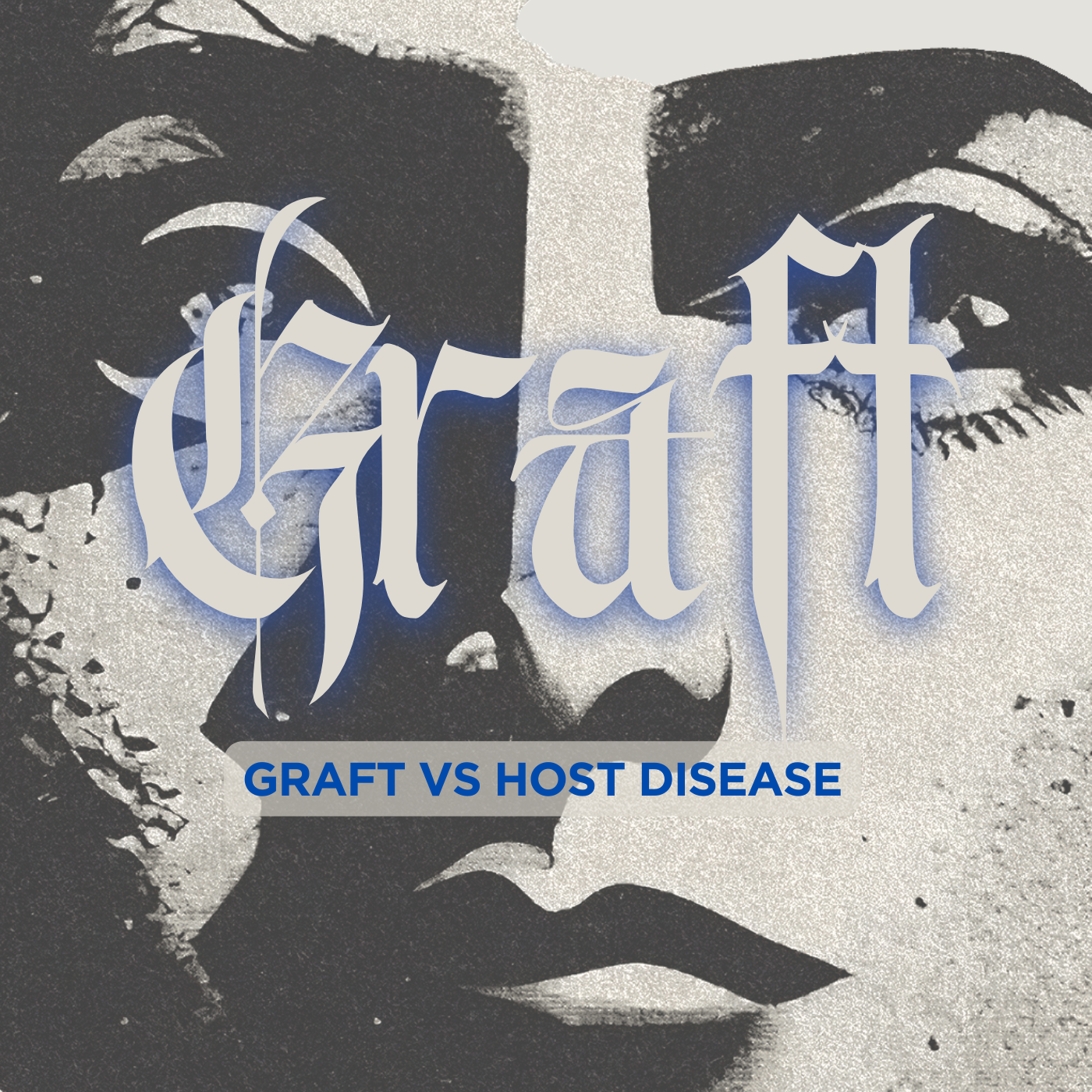Terrain Collapse as a Driver of Rising Skin Cancer Rates
A Sodium Suppression Hypothesis Abstract Skin cancer rates have risen markedly in recent decades, despite public health initiatives promoting sunscreen use and UV avoidance. This paradox suggests that conventional explanations — focused solely on external exposure — may be insufficient. This pap
Chalone Rangers: The Tissue-Specific Mitotic Inhibitors You Never Knew You Needed
Chalones are the unsung heroes of cellular crowd control. These tissue-specific, water-soluble substances are like the bouncers of your body, standing at the gates of mitosis with their arms crossed, saying, “Not tonight, buddy.” They’re the biochemical equivalent of that one friend who knows
Autacoids Unleashed: The Self-Made, Self-Destructive Hormones You Didn’t Know You Needed
What Are Autacoids? Autacoids (or autocoids) are the body’s DIY hormones—locally produced, short-lived biochemical messengers that scream, “I got this!” before promptly fading into oblivion. The term comes from the Greek autos (self) and acos (relief or drug), which is ir
Ascus (Mythology)
Ascus (Ancient Greek: Ἄσκος) was a giant from ancient Greek mythology, who in conjunction with Lycurgus of Thrace chained the god Dionysus and threw him into a river. The god Hermes (or, according to other tellings, Zeus) rescued Dionysus, conq
Graft-versus-host disease (GvHD) is divided into acute and chronic forms
Graft-versus-host disease (GvHD) is a syndrome, characterized by inflammation in different organs. GvHD is commonly associated with bone marrow transplants and stem cell transplants. Not to be confused with Host-versus-graft disease. White blood cells of the donor’s immune system which
In the case of GVHD, maculopapular rash may progress to a condition similar to toxic epidermal necrolysis (TEN)
Together with Stevens–Johnson syndrome (SJS) it forms a spectrum of disease, with TEN being more severe. Early symptoms include fever and flu-like symptoms. A few days later the skin begins to blister and peel forming painful raw areas. Mucous membranes, such as the m
Maculopapular rash is seen in graft-versus-host disease (GVHD)
A maculopapular rash is a type of rash characterized by a flat, red area on the skin that is covered with small confluent bumps. It may only appear red in lighter-skinned people. The term “maculopapular” is a compound: macules are small, flat discolored spots on the surface of the
Smoking is beneficial against Parkinson’s, Alzheimer’s, allergic alveolitis, nausea and vomiting of pregnancy, pre-eclampsia, fibroids, carcinoma of body of uterus, ulcerative colitis, pyoderma gangrenosum, aphthous stomatitis and ulceration, pemphigus, herpes simplex and acne
Smoking can be good for you Wolf R, Orion E, Matz H, Maitra S, Rowland-Payne C. Smoking can be good for you. J Cosmet Dermatol. 2004 Apr;3(2):107-11. doi: 10.1111/j.1473-2130.2004.00069.x. PMID: 17147565.
Lumican aka LUM
Lumican, also known as LUM, is an extracellular matrix protein that, in humans, is encoded by the LUM gene on chromosome 12. Structure Lumican is a proteoglycan Class II member of the small leucine-rich proteoglycan (SLRP) family that includes decorin, biglycan, fibromodulin, keratocan
Moulting was known as mewing in medieval times
In biology, moulting (British English), or molting (American English), also known as sloughing, shedding, or in many invertebrates, ecdysis, is the manner in which an animal routinely casts off a part of its body (often, but not always, an outer layer or covering), either at specific times
Desmosine
Desmosine is an amino acid found uniquely in elastin, a protein found in connective tissue such as skin, lungs, and elastic arteries. Desmosine is a component of elastin and cross links with its isomer, isodesmosine, giving elasticity to the tissue. Detection of desmosine in ur
The sweet pea is a flowering plant in the genus Lathyrus in the family Fabaceae (legumes) 🧪☣️☠️⚗️🤢
The sweet pea, Lathyrus odoratus, is a flowering plant in the genus Lathyrus in the family Fabaceae (legumes), native to Sicily, southern Italy and the Aegean Islands. It is an annual climbing plant, growing to a height of 1–2 m






